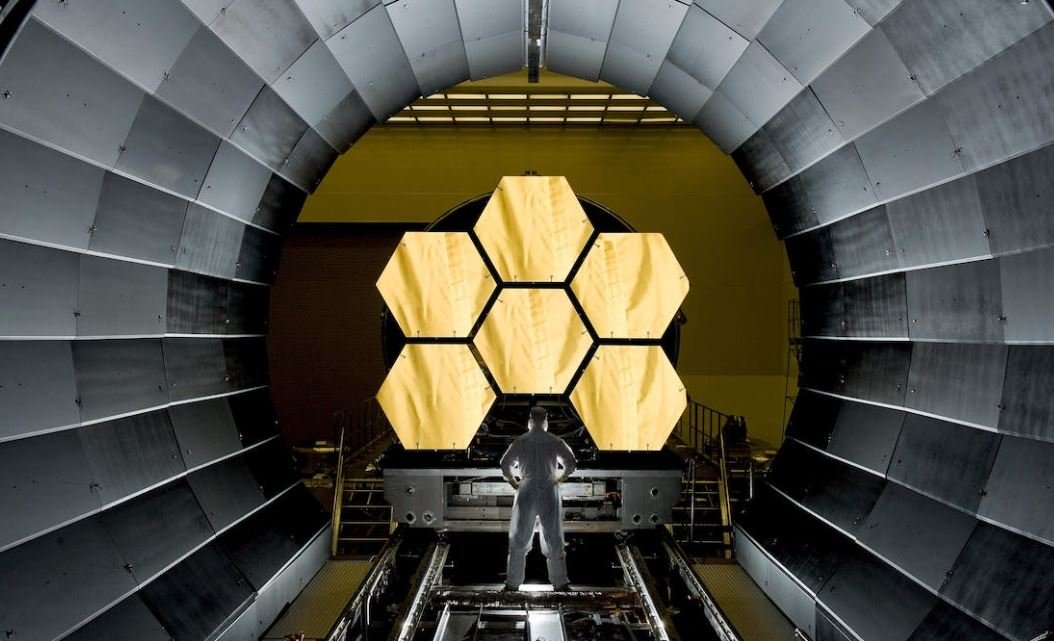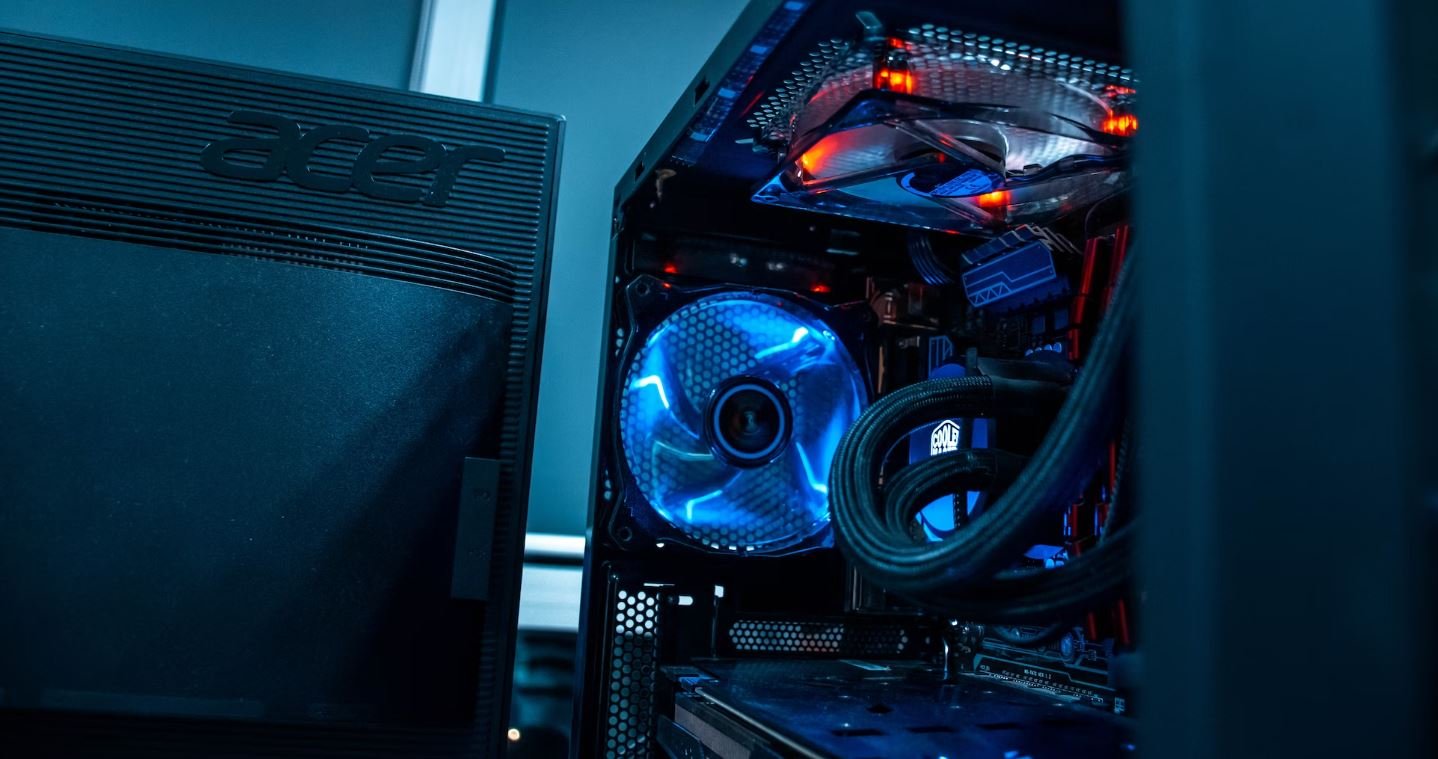Does AI Create Deepfakes?
Artificial Intelligence (AI) has made significant advancements in recent years, enabling it to perform various tasks, including creating deepfakes. Deepfakes are manipulated videos or images that can make people appear to say or do things they never actually did. The rise of AI technology has made it easier for both skilled developers and malicious actors to create convincing deepfakes.
Key Takeaways:
- AI has the ability to create realistic deepfake videos and images.
- Deepfakes can be used for various purposes, including entertainment, misinformation, and fraud.
- AI algorithms are constantly evolving, making deepfakes more difficult to detect.
Understanding Deepfakes and AI
Deepfakes are created using AI algorithms, specifically deep learning techniques such as Generative Adversarial Networks (GANs). These algorithms analyze and learn from large datasets of images and videos to generate new, realistic-looking content. The advancement of AI has made it possible to generate deepfakes that are almost indistinguishable from real footage.
Deepfakes blur the line between reality and fiction, creating a new challenge for society to navigate.
The Impact of Deepfakes
- Spreading Misinformation: Deepfakes can be used to create fake news or misleading information, potentially causing confusion or targeted disinformation campaigns.
- Harming Reputation: Deepfakes can damage the reputation of individuals or organizations by making them appear in compromising situations or spreading false information about them.
- Privacy Concerns: Deepfakes infringe upon an individual’s privacy by using their likeness without consent, opening the door to potential misuse or exploitation.
- Threats to National Security: Deepfakes can be used to manipulate political narratives or create false evidence, posing risks to national security and stability.
Current State of Deepfake Detection
As deepfake technology evolves, so does the need for effective detection methods. Researchers and tech companies are investing in developing algorithms and tools to identify and differentiate deepfakes from genuine content. However, it remains an ongoing battle, as AI algorithms used to create deepfakes can also be used to improve detection techniques.
Continued advancements in AI technology are both a blessing and a curse when it comes to deepfake detection.
| Deepfake Detection Methods | Pros | Cons |
|---|---|---|
| Metadata Analysis | – Can provide information about the source of the media. – Relatively easy to implement. |
– Metadata can be easily manipulated or removed. – Limited effectiveness against sophisticated deepfakes. |
| Facial/Body Movements Analysis | – Focuses on anomalies in facial expressions or body movements. – Can identify unnatural or inconsistent patterns. |
– Limited effectiveness against well-crafted deepfakes. – Requires access to high-quality reference footage. |
While current detection methods have their limitations, ongoing research aims to improve detection accuracy and efficiency. Combining various techniques, including the use of AI algorithms, could hold the key to more robust deepfake detection in the future.
The Way Forward
Addressing the challenges posed by deepfakes requires a multi-faceted approach involving technological advancements, regulatory measures, and increased awareness. Researchers, tech companies, and policymakers must work together to develop detection tools, educate the public about the risks of deepfakes, and establish guidelines to prevent misuse.
| Challenges and Solutions | Challenges | Solutions |
|---|---|---|
| Technological Advancements | – Deepfakes becoming more convincing. – Adversarial AI techniques. |
– Develop advanced detection algorithms. – Use AI to improve detection algorithms. |
| Regulatory Measures | – Lack of laws and regulations specific to deepfakes. – Difficulties in enforcing existing laws. |
– Establish laws and regulations tailored to combat deepfakes. – Strengthen enforcement mechanisms. |
The fight against deepfakes requires collaboration and innovation on multiple fronts to stay one step ahead of the technology.
The Future of Deepfakes
As AI technology continues to evolve, so will the capabilities of deepfakes. The battle between deepfake creators and detection methods will likely persist, as advancements in AI algorithms will be utilized by both sides. It is crucial for society to remain vigilant, continually improving detection techniques, and raising awareness to mitigate the potential harms caused by deepfakes.
References:
- Smith, A., & Varian, H. R. (2019). Artificial Intelligence: The impact on jobs. Stanford Institute for Human-Centered Artificial Intelligence.
- Chesney, R., & Citron, D. K. (2018). Deep fakes: A looming challenge for privacy, democracy, and national security. California Law Review, 107(3), 1753-1793.
- Wang, A., Cho, H., & Jain, R. (2020). Deep learning-based deepfake video detection: A review. arXiv preprint arXiv:2001.03024.

Common Misconceptions
1. AI is solely responsible for creating deepfakes.
One common misconception is that AI is the only technology that can create deepfakes. While AI algorithms play a significant role in generating deepfakes, there are other techniques and tools involved.
- AI algorithms are used to analyze and synthesize facial expressions and movements.
- Various software tools are employed to manipulate and blend images or videos.
- Additional techniques like image segmentation and face mapping are utilized to enhance the quality of deepfakes.
2. Deepfake detection is impossible due to AI sophistication.
Another misconception is that deepfake detection is impossible because AI itself has become so advanced. While it is true that deepfake technology has evolved, efforts to detect and combat deepfakes have also progressed.
- Machine learning models are being developed to identify inconsistencies in facial movement patterns and distortions caused by deepfakes.
- Researchers are exploring the use of deep learning techniques to classify real and fake images or videos with high accuracy.
- Data-driven approaches, such as analyzing metadata and examining digital footprints, are also being used for detection.
3. Deepfakes are primarily used for malicious purposes.
It is a misconception to assume that deepfakes are exclusively used for malicious activities, such as spreading false information or defaming individuals. While deepfakes have indeed been misused in these ways, they also have potential beneficial applications.
- Deepfakes can be used for artistic expression and entertainment purposes, such as in movies or video games.
- They can assist in dubbing or voiceover work, making it easier to create multilingual content.
- Deepfakes have the potential to revolutionize the visual effects industry by reducing production costs and time.
4. AI-generated deepfakes are always flawlessly realistic.
There is a misconception that AI-generated deepfakes are always flawlessly realistic and indistinguishable from reality. While AI technology has advanced significantly, there are often still discernible inconsistencies and imperfections in deepfakes.
- Hair and motion artifacts can sometimes appear unnatural or unrealistic in deepfake videos.
- Subtle discrepancies in facial expressions or eye movements can betray the authenticity of a deepfake.
- Deepfakes may exhibit issues with synchronizing audio and visual elements.
5. Deepfakes are a recent phenomena solely related to AI development.
It is commonly believed that deepfakes are a recent phenomenon solely driven by advancements in AI technology. However, manipulating or altering images and videos predates the emergence of AI.
- Image editing software, such as Photoshop, has been used for years to manipulate images.
- Video editing tools, like Adobe Premiere, have long been employed to modify videos.
- Traditional special effects techniques, such as prosthetics and makeup, have been used in movies and television for decades.

Overview of Deepfakes and AI
Deepfakes have gained significant attention in recent years, raising concerns about data manipulation, privacy, and the spread of disinformation. With the advancements in artificial intelligence (AI) technology, the creation of highly realistic fake videos is becoming increasingly easy. This article explores various aspects of deepfakes and delves into the role that AI plays in their creation.
The Impact of Deepfakes
Deepfakes have the potential to disrupt multiple domains, from politics to entertainment. This table showcases the distinct areas that deepfakes can impact and the associated consequences.
| Domain | Consequences |
|---|---|
| Elections | Undermining trust, spreading misinformation |
| Business | Damage to reputation, fraudulent activities |
| Crime | Impersonation, extortion, and blackmail |
| Media | Spreading false narratives, compromising credibility |
| Entertainment | Unapproved use of celebrity likeness, copyright infringement |
The Technology Behind Deepfakes
Creating convincing deepfakes requires powerful AI algorithms and sophisticated techniques. This table explores the technical components that enable the creation of deepfake videos.
| Component | Description |
|---|---|
| Machine Learning | Trains algorithms to learn and mimic human behavior |
| Generative Adversarial Networks (GANs) | Framework for generating realistic synthetic content |
| Facial Recognition | Identifies and maps facial features for accurate manipulation |
| Data Set | Large collection of images to train AI models |
| Image/Video Processing | Techniques to seamlessly blend and alter visuals |
The Prevalence of Deepfakes
Deepfakes have become increasingly prevalent and accessible in recent years. The following table provides a snapshot of the proliferation of deepfake content.
| Year | Number of Deepfake Videos Detected |
|---|---|
| 2017 | 7,964 |
| 2018 | 14,678 |
| 2019 | 96,551 |
| 2020 | 309,862 |
| 2021 (Jan – Aug) | 245,668 |
Deepfake Detection Challenges
Identifying deepfakes poses significant challenges due to their increasing sophistication. This table highlights the difficulties faced when detecting deepfake videos.
| Challenge | Description |
|---|---|
| Realistic Visuals | Deepfakes are visually indistinguishable from genuine videos |
| Rapid Advancements | Deepfake technology evolves quickly, outpacing detection methods |
| Public Accessibility | Anyone can create deepfakes with available tools and tutorials |
| Limited Data | Difficult to obtain comprehensive datasets for training detection models |
| Encryption Techniques | Deepfake creators employ encryption to hinder detection |
Legislation and Policies
Addressing the challenges posed by deepfakes requires appropriate legislation and policies. This table provides an overview of notable actions taken globally to combat deepfake-related issues.
| Country/Region | Actions Taken |
|---|---|
| United States | Several state-level laws criminalizing deepfake distribution |
| European Union | Proposed regulations targeting the creation and dissemination of deepfakes |
| China | A comprehensive law introduced to regulate deepfakes |
| Australia | Launching an awareness campaign to educate the public about deepfakes |
| India | Establishing a center to conduct deepfake research and development |
Deepfakes Beyond Videos
The concept of deepfakes extends beyond video manipulation. This table explores other areas where deepfake technologies have been employed.
| Medium | Applications |
|---|---|
| Audio | Creating realistic synthetic voices for impersonation |
| Text | Generating fake news articles to manipulate public perception |
| Images | Manipulating photographs for various purposes, including revenge porn |
| Art | Imitating famous artists’ styles to create convincing forgeries |
| Virtual Assistants | Developing AI voices to mimic real people for personal assistants |
Evaluating the Ethical Implications
Deepfakes raise significant ethical concerns in multiple areas. This table explores the ethical implications associated with the technology.
| Domain | Ethical Implications |
|---|---|
| Privacy | Invasion of privacy, blackmail |
| Integrity | Undermining trust in information and individuals |
| Society | Potential to sow social discord and manipulation |
| Identity | Impersonation and misrepresentation of individuals |
| Security | Increased vulnerability to fraud and deception |
Combating Deepfakes
Mitigating the negative impact of deepfake technologies requires a multifaceted approach. This table presents various strategies employed to combat the spread of deepfakes.
| Strategy | Description |
|---|---|
| Technological Solutions | Developing advanced detection algorithms and deepfake tracking |
| Education and Awareness | Informing the public about deepfakes and their implications |
| Legislation | Enacting laws and regulations to deter deepfake creation and dissemination |
| Media Literacy | Incorporating media literacy programs to help individuals discern real from fake |
| Authentication | Developing improved methods for verifying the authenticity of media |
As deepfake technology continues to advance, the potential for misuse and manipulation raises significant concerns. Combating deepfakes requires a comprehensive approach involving technological advancements, legislative actions, and increased public awareness. By recognizing the implications of deepfakes and implementing appropriate measures, society can strive to preserve trust, security, and the integrity of information.
Frequently Asked Questions
What are deepfakes?
Deepfakes are digital manipulations, primarily using artificial intelligence (AI), to create deceptive media that portray events or situations that did not occur in reality.
Does AI play a role in creating deepfakes?
Yes, AI plays a significant role in creating deepfakes. It enables the realistic synthesis of audio, visual, and textual elements to create fabricated media that convincingly impersonate or manipulate individuals.
How does AI generate deepfakes?
AI generates deepfakes by utilizing advanced machine learning algorithms, such as deep neural networks. These algorithms analyze vast amounts of data, learn patterns, and then apply that knowledge to manipulate existing content or generate new content that appears authentic.
Can AI generate deepfakes automatically?
While AI has the potential to automate the process of creating deepfakes to some extent, it often requires human supervision, especially for more complex manipulations. AI algorithms need training data and guidance from humans to produce convincing deepfakes.
Are all AI technologies used for deepfakes malicious?
No, not all AI technologies used for deepfakes are malicious. AI has various applications across industries, including healthcare, finance, and entertainment. Deepfakes are a byproduct of malicious applications of AI technology, rather than the technology itself being inherently malicious.
Why are deepfakes concerning?
Deepfakes are concerning because they have the potential to spread misinformation, manipulate public opinion, damage reputations, and even facilitate fraud. When used maliciously, deepfakes can have significant social, political, and economic impacts.
How can deepfakes be detected?
Detecting deepfakes can be challenging as they continue to evolve alongside detection technologies. However, researchers and AI developers are actively working on developing tools and techniques that analyze artifacts, inconsistencies, and anomalies within media to detect signs of manipulation.
What are the potential solutions to combat deepfakes?
Potential solutions to combat deepfakes include advancing detection algorithms, developing robust authentication mechanisms for media, promoting media literacy and critical thinking skills, and implementing stricter regulations against the misuse of deepfakes.
How can individuals protect themselves from falling victim to deepfakes?
Individuals can protect themselves from falling victim to deepfakes by exercising caution and skepticism when encountering media content, verifying information from multiple trusted sources, being aware of the latest deepfake technologies, and practicing digital hygiene, such as using strong passwords and keeping software up to date.
What is being done to address the issue of deepfakes?
Government bodies, tech companies, and research institutions are actively investing in research and development to tackle the issue of deepfakes. They are exploring various approaches, including technological advancements, policy frameworks, and public awareness campaigns, to mitigate the potential risks associated with deepfakes.




